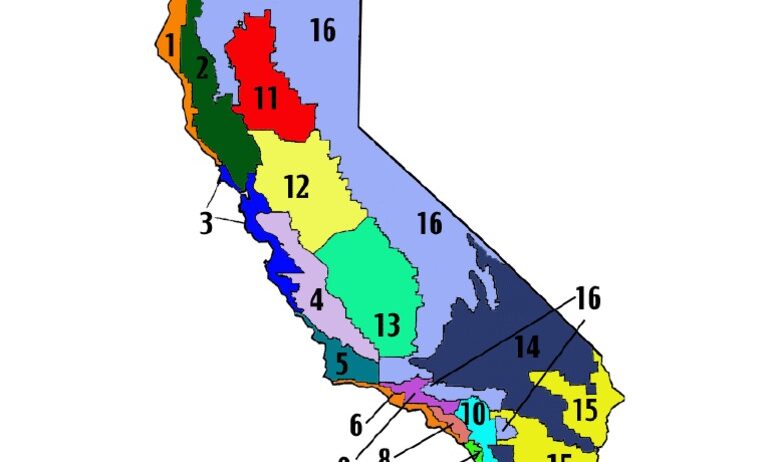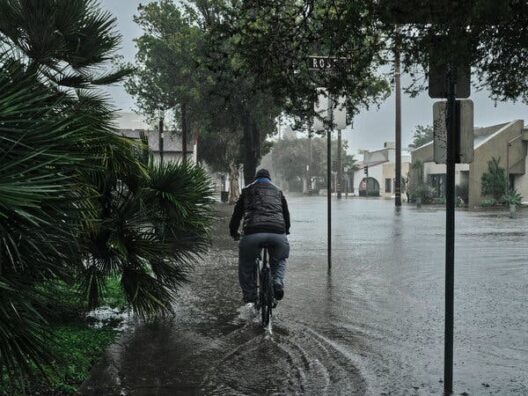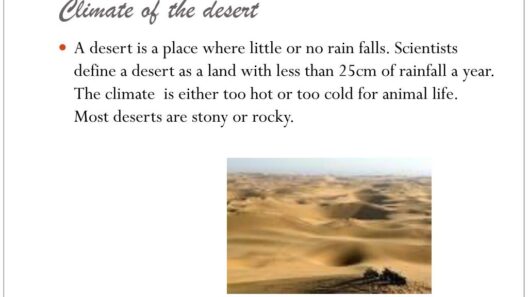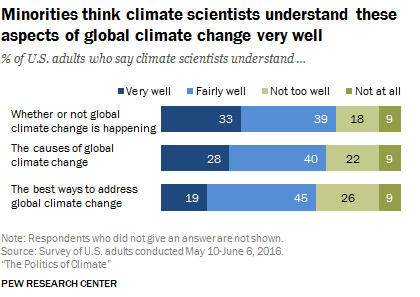California, the Golden State, is renowned for its spectacular landscapes and diverse climatic conditions. From sun-drenched beaches to verdant valleys, the state’s climate is as varied as its geography. Understanding California’s climate zones is crucial, particularly in the context of climate change, urban development, and agricultural practices. In this exploration, we will delve into the intricate tapestry of climate zones that characterize California, examining the nuances of sunshine, fog, and everything in between.
Climate Zone Classification
California’s climate is categorized into several climate zones according to the Köppen climate classification system. This system classifies climates based on temperature and precipitation patterns, providing an eloquent framework for understanding the state’s multifaceted climatic dynamics. The major climate zones in California include:
- Mediterranean Climate (Csa and Csb): This zone, dominant along the coast, is characterized by warm, dry summers and mild, wet winters. It supports a rich tapestry of biodiversity and is essential for the state’s agriculture, thriving on crops such as grapes, olives, and citrus fruits.
- Desert Climate (BWh): Found in the southeastern regions, this climate boasts scorching summers and mild winters, with minimal precipitation. The arid environment nurtures unique flora and fauna, adapted to extreme heat, including cacti and resilient shrubs.
- Mountain Climate (Dfc and Dsc): In the Sierra Nevada and other mountain ranges, temperatures can fluctuate dramatically based on elevation. This zone experiences heavy snowfall in winter and mild summers, providing essential water resources through melting snow, which supports both ecosystems and human needs.
- Temperate Climate (Cfb): Coastal areas like San Francisco experience this climate: cool and foggy summers with mild winters. The coastal fog acts as a natural coolant and is pivotal for local agriculture, particularly for vineyards.
- Highland Climate (H): Areas of significant elevation, such as the peak of Mount Whitney, experience a highland climate, which is characterized by cool temperatures year-round and variations in precipitation depending on altitude.
Impact of Topography
California’s topography plays a pivotal role in shaping its climate zones. The rugged coastline provides a barrier to moist ocean winds, creating microclimates that can vary drastically over short distances. For example, while it might be sunny in Santa Monica, just a few miles inland could present an entirely different climate, characterized by dryness and heat.
The Sierra Nevada mountains act as a significant climatic divide. Their presence captures moisture-laden air masses, resulting in substantial precipitation on the western slopes. Conversely, as these air masses descend on the eastern side, they create a rain shadow effect, leading to aridity in the Great Basin region.
The Role of Marine Influence
The Pacific Ocean exerts a profound influence on California’s climate. Coastal areas enjoy a moderating effect from ocean currents, leading to cooler summers and milder winters. The California Current, a cold oceanic current, contributes to the coastal fog that envelops many beachfront communities, particularly in the evenings. This phenomenon, known as coastal upwelling, provides a unique environmental niche that supports a diverse marine ecosystem.
The interplay between marine influence and local topography culminates in the phenomenon of coastal fog. This fog is not merely an aesthetic characteristic but serves as a critical water source for coastal flora, including the majestic coastal redwoods. The fog condenses on leaves and branches, contributing moisture in an otherwise dry summer climate.
Human Adaptation and Climate Zones
Human populations have adapted to these diverse climate zones in various ways, influencing settlement patterns, agriculture, and local economies. In Mediterranean regions, the agriculture industry has flourished, harnessing the climate’s suitability for fruit and wine production. Here, traditional practices intertwine with sustainable methods to mitigate the impacts of drought and water scarcity.
In contrast, desert regions pose unique challenges. Communities have developed ingenious water conservation methods, utilizing techniques such as xeriscaping to create sustainable living environments in arid conditions. Understanding the climate zone enables residents and policy-makers alike to foster resilient agricultural practices, ensuring food security amidst shifting climatic realities.
Climate Change Considerations
The ramifications of climate change are particularly pronounced in California, affecting its diverse climate zones in multifaceted ways. Rising temperatures lead to increased evaporation rates, exacerbating drought conditions across many areas of the state. Meanwhile, the shifting climate dynamics alter precipitation patterns, resulting in more intense, albeit less frequent, storms followed by prolonged dry spells.
Coastal regions are under threat from rising sea levels and increasing temperatures that alter marine ecosystems. The health of fisheries and the sustainability of coastal crops depend on understanding these changes and implementing adaptive measures. Moreover, wildfires, fueled by shifting climate patterns, pose significant risks, impacting both human and ecological communities across multiple climate zones.
Mitigating climate change necessitates collaborative efforts from individuals, communities, and governments. Understanding California’s complex climate zones empowers stakeholders to develop targeted strategies for conservation, sustainable agriculture, and effective resource management.
Conclusion
California’s climate is a remarkable mosaic, shaped by geographical features, oceanic influences, and human adaptation. Recognizing and understanding these climate zones is vital as the state navigates the challenges posed by climate change. Each zone offers ecological treasures, economic resources, and unique challenges that demand innovative solutions for sustainability and resilience in a changing world. By fostering awareness and proactive measures, California can navigate the complexities of its climate landscape toward a more sustainable future.








